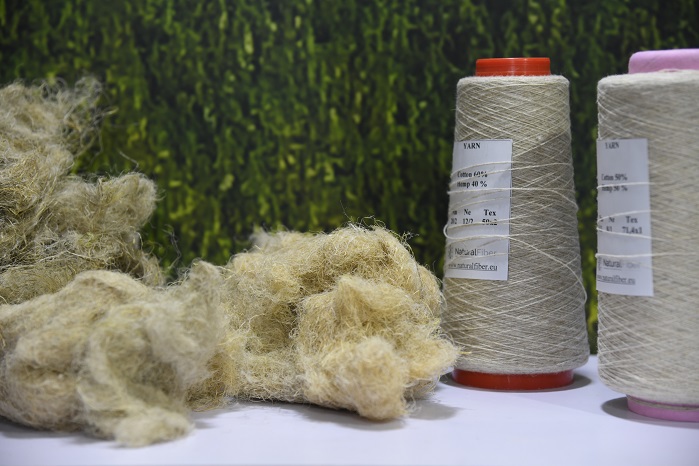Until the 1920s, hemp accounted for approximately 80% of clothing production, and until the late 19th century, it constituted 75-90% of global paper production. However, contemporary data reveals a stark shift, with nearly 90% of the apparel industry now relying on cotton and synthetic fabrics.
The transition away from hemp dominance can be attributed to several factors. In the early 20th century, technological advancements in cotton processing machinery streamlined production, making cotton a more economically viable option. Additionally, societal attitudes toward hemp shifted due to its botanical relationship with cannabis, leading to regulatory restrictions in some regions. Notably, in the United States, influential stakeholders in the cotton and timber sectors lobbied against hemp to protect their market interests.
Until the 1920s, hemp accounted for approximately 80% of clothing production, and until the late 19th century, it constituted 75-90% of global paper production.
Consequently, hemp gradually lost prominence as a textile and paper raw material, resulting in a decline in its utilization. Nonetheless, contemporary perspectives recognize hemp’s potential as a sustainable alternative in the fashion industry.
Different organizations advocate for sustainable fashion practices, emphasizing the use of eco-friendly materials such as linen, lyocell, and hemp. Despite its ecological benefits, hemp cultivation and processing pose challenges due to its high lignin content, which contributes to its strength. Efforts such as the MultiHemp project and companies like HempFlax Bv in the Netherlands aim to address these obstacles and facilitate the widespread adoption of hemp-based fabrics.
As technological innovations continue to advance, hemp’s resurgence as a mainstream textile material appears increasingly feasible, promising a more sustainable future for the fashion industry.

